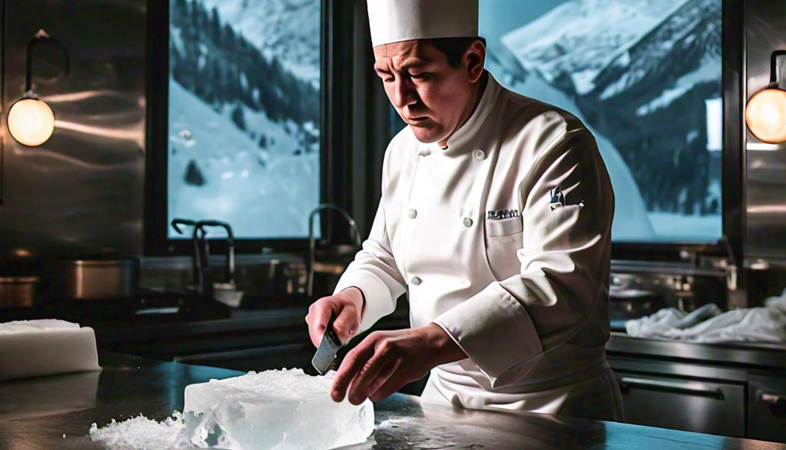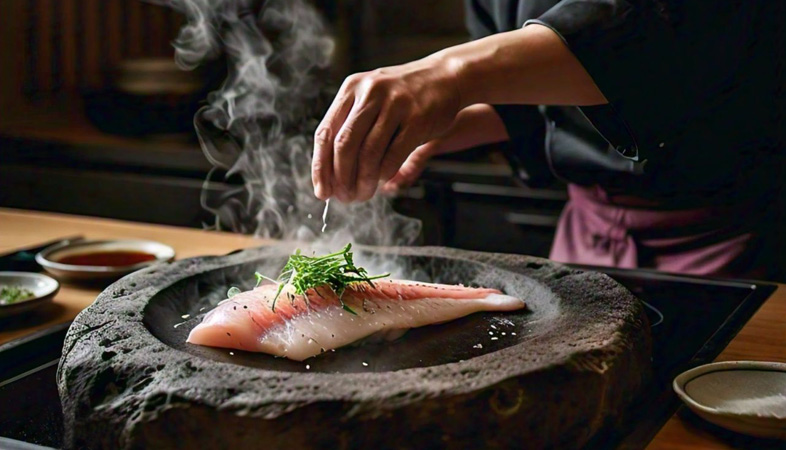SHARE
Commercials
More Posts
May 12, 2025
Avare Kalu Akki Roti - By Chef Bharath Bhushan C
Jan 28, 2025
Makai Cheesy Kaju Tikki - By Chef Rajat Ranjeet
May 12, 2025
Avare Kalu Akki Roti - By Chef Bharath Bhushan C
Jan 28, 2025
.png)



























